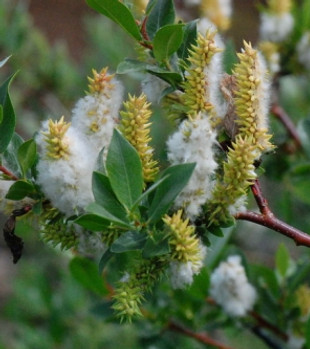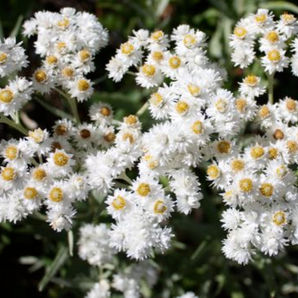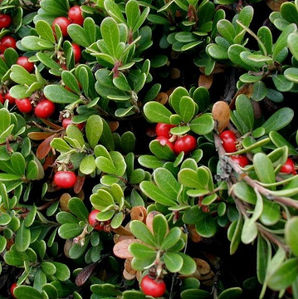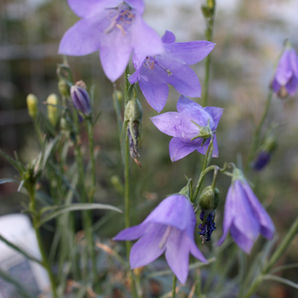
Montana Native Plants
Blake Nursery has had a long standing love affair with Montana native plants, and the more we see and learn about them, the more intense our devotion. Some of the best aspects of landscaping with natives include their drought tolerance (though not always), adaptability to temperature fluctuations, acceptance of native soil conditions, and attraction to wildlife such as butterflies and song birds. With naturals like these you'll have fewer headaches than when dealing with unacclimatized imports. Landscaping with native plants connects you with your local environment as you learn the plant names, discover their habitats and the wildlife that depend on them.





Featured Montana Natives

Rabbitbrush
Chrysothamnus nauseosus
A tough, silver leafed 3-4' shrub often mistaken for Sagebrush--until fall when it bursts into abundant bloom! Suddenly its zesty yellow flowers brighten the prairie. Rabbitbrush is drought and alkalinity tolerant, thus is well suited to much of Montana.

Gumbo Lily
Oenothera cespitosa
Also known as Gumbo Evening Primrose, it was collected “near the falls of the Missouri” by Meriwether Lewis, July 17, 1806. A low-growing, long-blooming perennial with startlingly beautiful, large white flowers that open in early evening and wilt the following day. Their sweet scent attracts the pollinating Hawk Moth. If you give them plenty of sun and do not overwater, they will deliver many weeks of enjoyment every year.

Ponderosa Pine
Pinus ponderosa
Montana’s state tree for good reason. Longlived — 350 to 500 years, this rugged evergreen with a straight trunk grows in difficult sites where most other plants would never venture. In fact its taproot can delve 30' into the ground seeking water. Its green needles, 5-10" long, are usually in bundles of three. We love its natural, open form, a pleasing contrast to the formal, nonnative Colorado Spruce. Birds also fancy Ponderosas for nesting and feeding.

Trilobe Sumac
Rhus trilobata
Sometimes unflatteringly called “Skunkbush Sumac”, because of its supposedly stinky leaves when crushed, we have never encountered anything unpleasant about this tough shrub. We appreciate its compound leaves with three oak-like leaflets, red-orange-yellow fall foliage, and cheery clusters of red berries albeit unpalatable to humans. This Sumac can form dense thickets where birds and mammals find cover for nesting and shelter. As if that’s not enough, this drought tolerant plant is commonly used for soil stabilization thanks to its tenacious, spreading roots.

Wax Currant
Ribes cereum
Also known as Squaw Currant, a compact, rounded, rather humble 3' tall plant that's a treasure of Montana’s native landscape. It's easy to identify by its greenish-white to pink, tubular flowers and unpalatable red berries best left for the birds! In the wild it's found in dry, rocky sites....an ideal Xeriscape plant.

Serviceberry
Amelanchier alnifolia
Serviceberry, Juneberry, Shadblow, Sarvisberry, call it what you will, but by any name this plant, botanically Amelanchier, is one of the loveliest we know. In early spring before leaves appear Serviceberry’s white flowers make a delicate, airy display. Summer brings blueberry-like fruit that’s sweet, juicy and coveted by birds and jelly-makers

For more information on plants native to our region, an excellent source is H. Wayne Phillips, author of Plants of the Lewis and Clark Expedition (2003), Central Rocky Mountain Wildflowers (2012), Northern Rocky Mountain Wildflowers (2012), and The Wildflowers of Yellowstone and the Rockies Postcard Book (2003). All are available from Amazon.
Montana Native Trees Catalog
Montana Native Shrubs Catalog
Montana Native Perennials Catalog
Montana Native Grasses Catalog
Below is a native plant display garden planted at the Big Horn County Historical Museum in Hardin, Montana. The focus was on using native plants with a significant historical use, mainly for food and medicine. Some plant species selected were Silver Buffaloberry, Golden Currant, Narrowleaf Coneflower, and Bitterroot.




































































